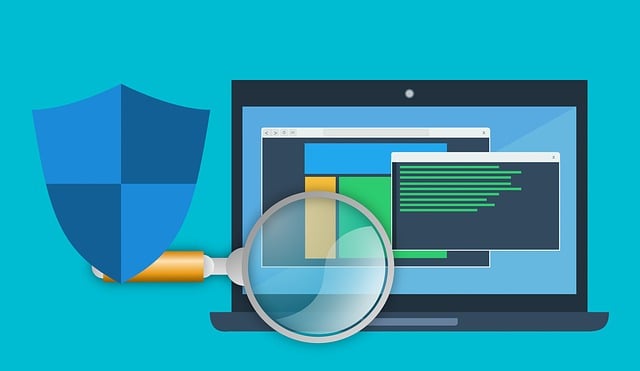Data mining and data warehousing are two distinct data analysis processes used in businesses. Data warehousing is the collection and storage of data from multiple sources, whereas data mining is the extraction of patterns and insights from large datasets. Both of these processes are used to store and analyze data, but differences between data mining and data warehousing can be defined in their own way. We will compare and contrast data mining and data warehousing in this article.
What Do You Mean by Data Mining?
The process of discovering patterns, trends, and relationships in large datasets is known as data mining. It is the process of obtaining hidden insights from data through the use of statistical techniques such as clustering, classification, and association rules. The primary goal of data mining is to discover patterns and trends in data so that businesses can make better decisions. Many industries use data mining, including banking, insurance, retail, healthcare, and education. It can be used to detect fraud, identify customer behavior, predict customer responses, optimize marketing campaigns, and much more. Data mining can also be used to discover connections between variables like customer demographics, product features, and purchasing behavior.
It is also used to discover patterns in large datasets that would otherwise be difficult to detect. It is frequently used in conjunction with machine learning and artificial intelligence to identify patterns in unstructured data. Data mining can be used to develop predictive models for forecasting future events or trends. It is an essential tool for any organization seeking insights from large datasets. It can help businesses make better decisions and gain a competitive advantage. By revealing patterns and relationships in data, data mining can help organizations identify opportunities and areas for improvement.
Also Read > Difference Between Holding and Subsidiary Company
What Are the 3 Types of Data Mining?
Predictive Data Mining
This type of data mining forecasts future trends and behaviors using historical data. It entails analyzing data and forecasting future events using predictive models. Businesses can use predictive data mining to make future strategy and investment decisions.
Descriptive Data Mining
Descriptive data mining is the process of analyzing data to determine what it is telling us. Data mining of this type aids in the discovery of patterns and correlations in data that can be used to gain insights and make better decisions.
Cluster Analysis
Cluster analysis is a type of data mining in which natural groupings in data sets are sought. By identifying groups of similar items or customers, it can be used to target marketing or identify potential areas of risk. Cluster analysis can also be used to uncover unusual or unexpected patterns in data sets.
What is a Data Warehouse With Example?
A data warehouse is a large database-stored repository of data that can be used for a variety of purposes. It is constructed by combining data from various internal and external sources and is used to aid in decision making and other analytical processes. Data warehouses are typically built with a variety of technologies and housed in a single location.
For example, a company may collect customer data from a variety of sources, including sales records, website transactions, and customer surveys. This data can then be compiled into a data warehouse to help businesses better understand their customers and make more informed decisions about how to target them. The data warehouse can also be used to generate reports and analytics to aid business decision-making.
Machine learning and predictive analytics are also supported by data warehouses. A data warehouse, for example, may contain information about customers, products, and sales. This data can then be used to create models that predict customer behavior or product demand. Data warehouses are an essential component of any organization’s data strategy and provide numerous benefits. They provide the organization with a single source of truth and make it easier to access and analyze data from multiple sources. They also reduce the complexity of data analysis, allowing for the discovery of insights that would otherwise be impossible to discover.
Data Mining Vs Data Warehousing

Difference between data mining and data warehousing is that, Data mining and data warehousing are critical business tools for maximizing profits by analyzing large datasets. Data mining is used to discover patterns and trends in data, whereas data warehousing is used to organize and secure data. Modern businesses must use both of these technologies to make informed decisions and remain competitive.






